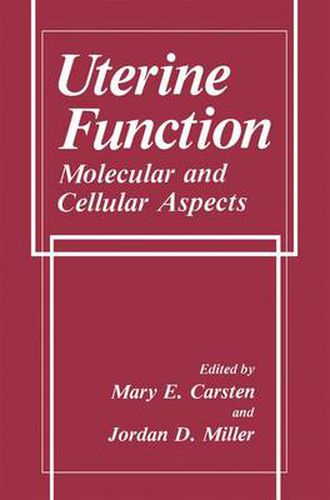Readings Newsletter
Become a Readings Member to make your shopping experience even easier.
Sign in or sign up for free!
You’re not far away from qualifying for FREE standard shipping within Australia
You’ve qualified for FREE standard shipping within Australia
The cart is loading…






This title is printed to order. This book may have been self-published. If so, we cannot guarantee the quality of the content. In the main most books will have gone through the editing process however some may not. We therefore suggest that you be aware of this before ordering this book. If in doubt check either the author or publisher’s details as we are unable to accept any returns unless they are faulty. Please contact us if you have any questions.
The frontispiece, Leonardo da Vinci’s drawing of the embryo in the womb, was chosen as a starting point for this book. It was Leonardo who in his notebooks and drawings combined artistic composition and accurate recording of the anatomy of the human body. Leonardo studied human anatomy in order to execute artistic drawings. His aim was to clarify form and function of human organs including reproductive organs. He followed up his extensive research with graphic representa tion and thereby initiated record keeping as a basis of scientific investigation. His records, accurate three-dimensional drawings, allowed others to reproduce his find ings and to test for correctness. Results could be updated and refined. Only after these steps can abnormalities be ascertained and defined as pathology. Though Leonardo was both artist and scientist, it is assumed that his anatomic drawings were used to improve his art, and thus scientific endeavor was at the service of his art. Anatomy, the offspring of science and art, is an integration of the two and became an accepted branch of the natural sciences. Although art and science continued to interact throughout the Renaissance, art was often placed in the service of science. In the course of history that followed, art and science in creasingly followed separate ways.
$9.00 standard shipping within Australia
FREE standard shipping within Australia for orders over $100.00
Express & International shipping calculated at checkout
This title is printed to order. This book may have been self-published. If so, we cannot guarantee the quality of the content. In the main most books will have gone through the editing process however some may not. We therefore suggest that you be aware of this before ordering this book. If in doubt check either the author or publisher’s details as we are unable to accept any returns unless they are faulty. Please contact us if you have any questions.
The frontispiece, Leonardo da Vinci’s drawing of the embryo in the womb, was chosen as a starting point for this book. It was Leonardo who in his notebooks and drawings combined artistic composition and accurate recording of the anatomy of the human body. Leonardo studied human anatomy in order to execute artistic drawings. His aim was to clarify form and function of human organs including reproductive organs. He followed up his extensive research with graphic representa tion and thereby initiated record keeping as a basis of scientific investigation. His records, accurate three-dimensional drawings, allowed others to reproduce his find ings and to test for correctness. Results could be updated and refined. Only after these steps can abnormalities be ascertained and defined as pathology. Though Leonardo was both artist and scientist, it is assumed that his anatomic drawings were used to improve his art, and thus scientific endeavor was at the service of his art. Anatomy, the offspring of science and art, is an integration of the two and became an accepted branch of the natural sciences. Although art and science continued to interact throughout the Renaissance, art was often placed in the service of science. In the course of history that followed, art and science in creasingly followed separate ways.